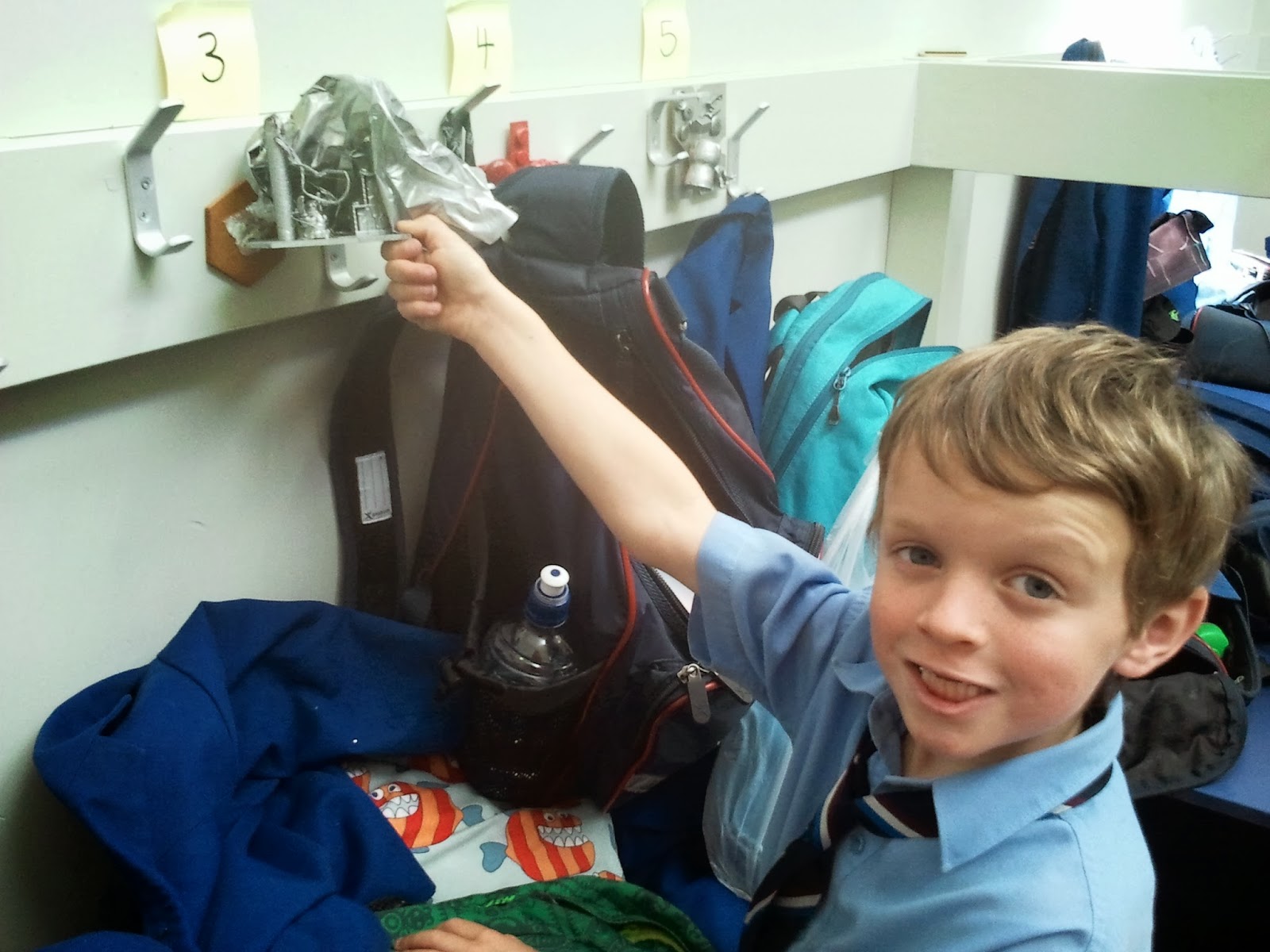They also purchased eight sets of Imaginz. These are big yellow boxes full of fun, creativity, construction, team work and problem solving. I've been fortunate today to open the boxes with a few boys to explore and see what they can do! We only had a short amount of time but it didn't take long for the Year Three boys to work out how to put things together. We had a blast! What an amazing resource. The boys were really excited and were rather disappointed when it was time to pack up. They were having tonnes of fun, I'm not too sure if they noticed all of the learning that was happening but it was just magic to see them go from not knowing anything to tinkering and trying things out to see what would happen. The problem solving and teamwork was fantastic. I can't believe how fortunate we are to have this in our school and I can't wait for myself and the boys to really get stuck in and go for it!
The YouTube clip shows you all about what the kits are all about.
Imaginz the joy of making


































